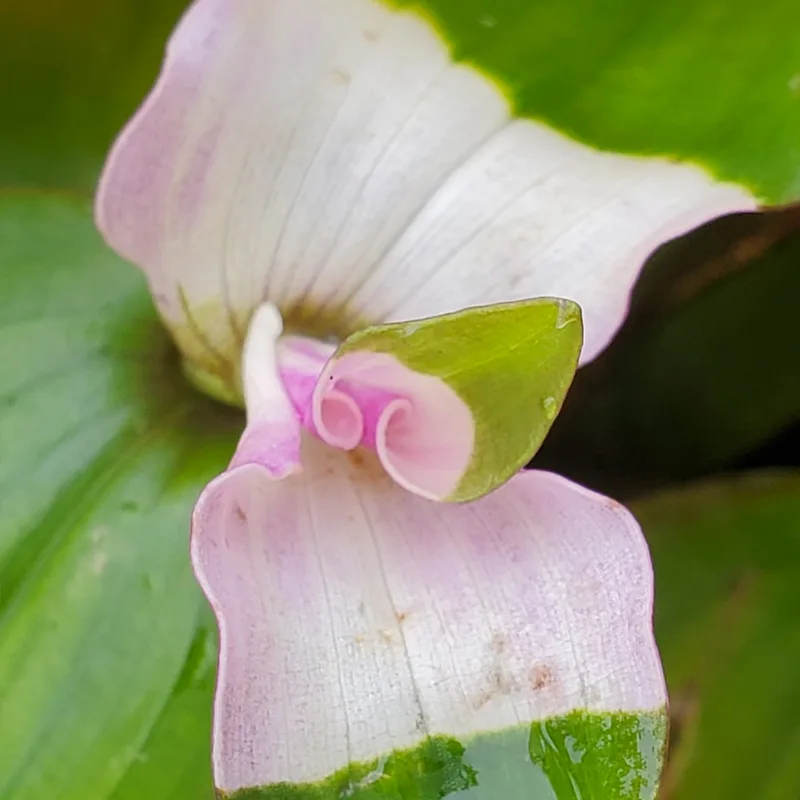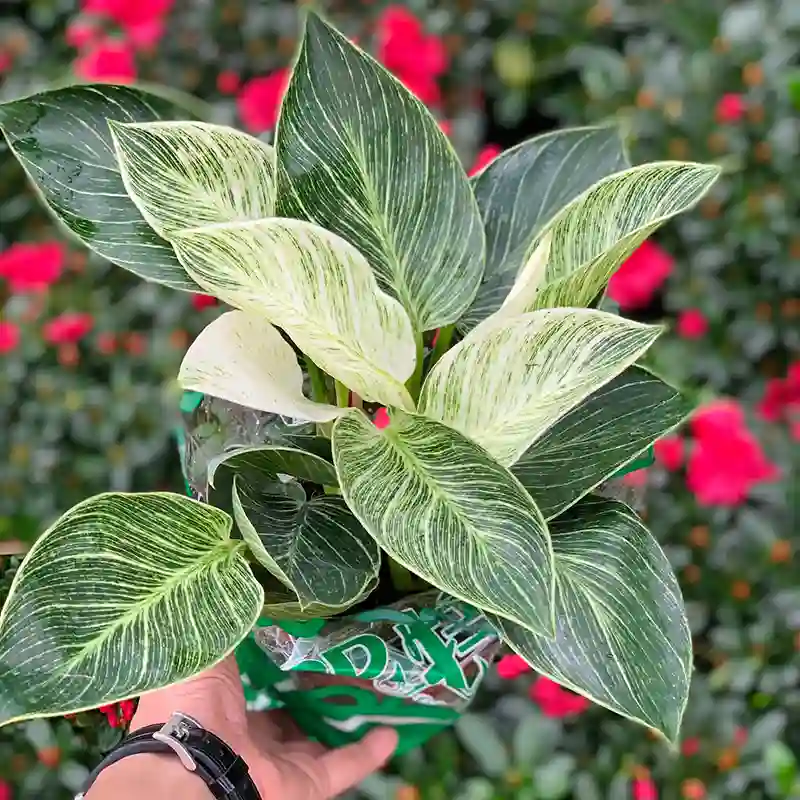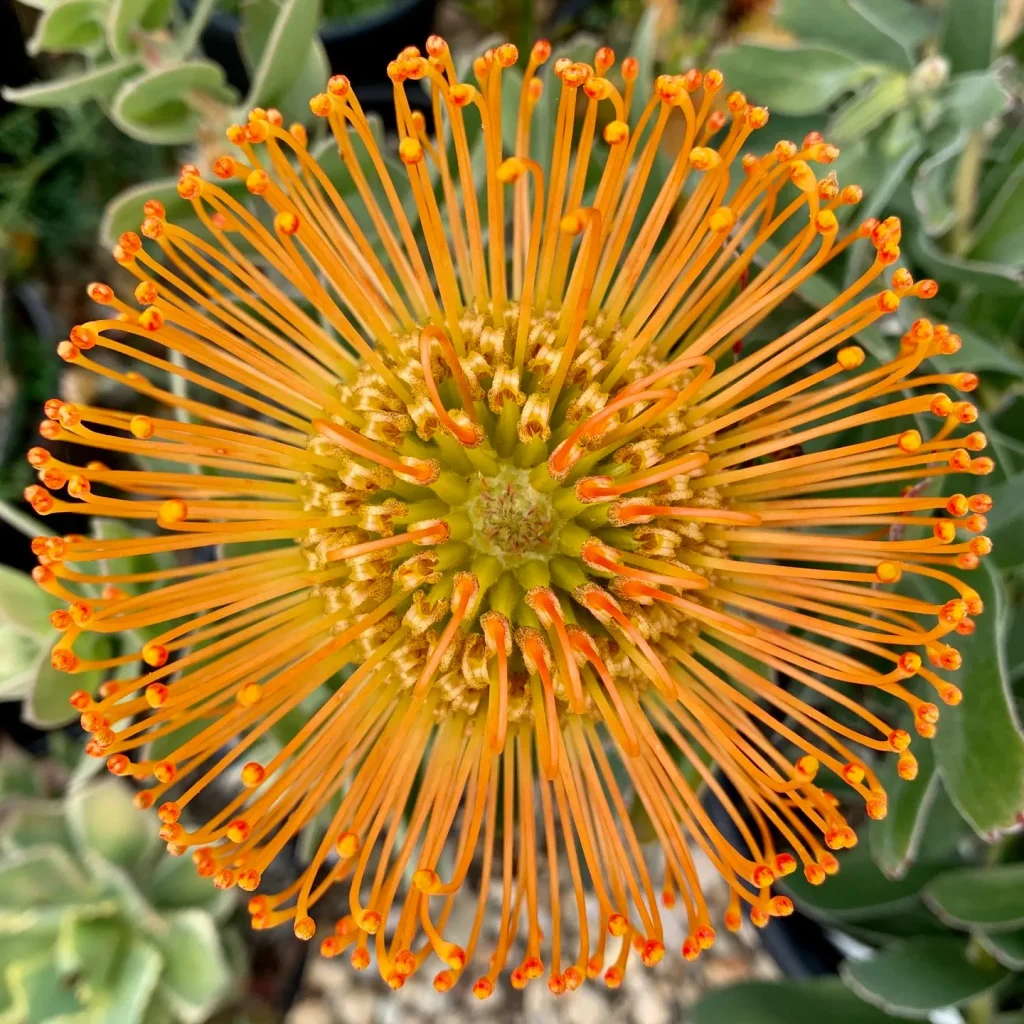Ficus Obliqua: Unveiling the Secrets of the Small-Leaf Fig
Hello, fellow plant enthusiasts! I’m Ferb Vu, and today, we’re diving deep into the fascinating world of the Ficus Obliqua, also known as the Small-Leaf Fig. This stunning Australian native has captured my heart with its lush foliage, unique growth habits, and resilience.
Whether you’re a seasoned gardener or a curious newbie, this FAQ will equip you with all the knowledge you need to cultivate a thriving Ficus Obliqua.
880 Species in Genus Ficus
What Makes the Ficus Obliqua Special?
The Ficus Obliqua boasts several captivating features. Its glossy, deep green leaves are smaller than most fig varieties, creating a dense, elegant canopy. As the tree matures, its trunk develops a characteristic pale grey, often with aerial roots that add a touch of whimsy. But the true magic lies in its potential to reach majestic heights – up to 60 meters (200 feet) – becoming a true garden centerpiece.
Ficus Obliqua vs. Ficus Elastica (Rubber Plant): Striking Similarities, Key Differences
Both the Ficus Obliqua and the ever-popular Ficus Elastica (Rubber Plant) belong to the same genus, Ficus. This translates to some shared characteristics. They both thrive in bright, indirect sunlight and appreciate well-draining soil. However, there are some key distinctions to consider:
- Leaf Size: As the name suggests, the Ficus Obliqua sports smaller leaves compared to the Rubber Plant’s large, glossy foliage.
- Growth Habit: The Ficus Obliqua has a more sprawling growth pattern, making it ideal for larger spaces. In contrast, the Rubber Plant tends to grow straighter.
- Light Requirements: While both prefer bright, indirect light, the Ficus Obliqua can tolerate lower light conditions slightly better than the Rubber Plant.
How to care for Ficus Obliqua?
The Ficus Obliqua is a relatively low-maintenance plant, making it perfect for busy plant parents. Here’s how to ensure your fig thrives:
- Light: Provide your Ficus Obliqua with bright, indirect sunlight. Avoid harsh afternoon sun, which can scorch the leaves.
- Water: Water thoroughly when the top inch of soil feels dry to the touch. Avoid overwatering, which can lead to root rot.
- Soil: Use a well-draining potting mix specifically formulated for houseplants.
- Fertilizer: Apply a balanced liquid fertilizer during the growing season (spring and summer) according to package instructions.
- Humidity: While not strictly necessary, moderate humidity levels can benefit your Ficus Obliqua. Grouping plants together or using a humidifier can help create a more humid environment.
Propagation: Sharing the Joy of Ficus Obliqua
Propagating your Ficus Obliqua is a rewarding experience. Here’s a simple method using stem cuttings:
- Choose a healthy stem with at least two nodes.
- Make a clean cut just below a node.
- Remove the lower leaves, leaving a few nodes exposed.
- Dip the cut end in rooting hormone (optional) and plant it in a pot with moist, well-draining potting mix.
- Cover the pot with a plastic bag to create a mini greenhouse environment.
- Place the pot in bright, indirect sunlight and keep the soil moist but not soggy.
- Remove the plastic bag once new growth appears.
Potential Challenges and Solutions
While generally easygoing, the Ficus Obliqua can encounter a few issues. Here’s how to identify and address them:
- Leaf Drop: Sudden leaf drop can be caused by underwatering, overwatering, or sudden changes in light or temperature. Adjust your watering routine, provide consistent lighting, and avoid drastic temperature fluctuations.
- Pests: Mealybugs and scale can sometimes target your Ficus Obliqua. Treat them with insecticidal soap or neem oil spray.
Conclusion: The Ficus Obliqua – A Rewarding Addition to Your Home
With its elegant foliage, unique growth habit, and easy-going nature, the Ficus Obliqua is a captivating plant for any indoor space. By following these simple tips, you can cultivate a thriving Ficus Obliqua that will bring a touch of Australian charm and lush greenery to your home for years to come.
If i die, water my plants!



